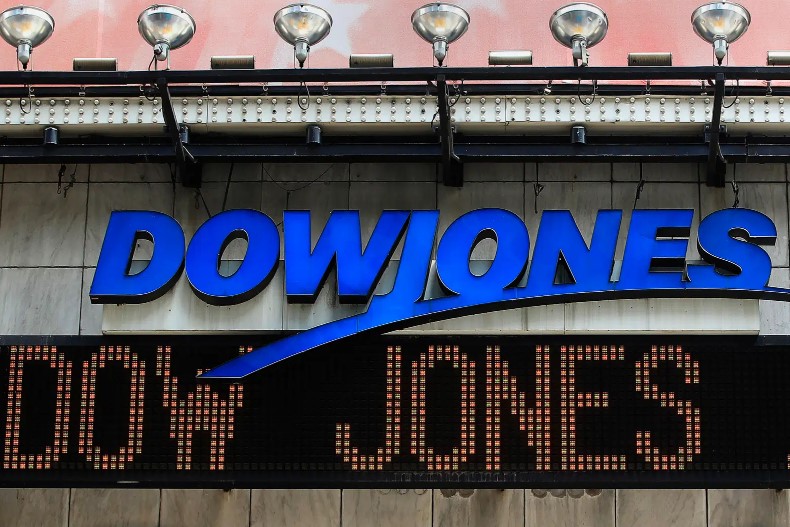
After talking about oil prices last week, we’re back with another article on the stock markets, and this time we will talk about the popular US-based index – Dow Jones Industrial Average. After August 31st, 2020, some of the stocks currently part of the index will be replaced, and this is one of the major shake-ups in years. Why this is happening, what stocks will be removed, and what are the new names included on the Dow will be our topic for today.
Apple stock split – the main reason
This Dow restructuring occurred mainly due to the latest 4-1 Apple stock split. Because the value of the stock will be lower, which will affect the Dow’s exposure to the technological sector. S&P Dow Jones Indices, the committee that currently oversees the Dow, decided to make the change so the index will reflect the tech sector, one of the best-performing this year.
Exxon Mobil, Pfizer, and Raytheon will thus be replaced by Salesforce, Amgen, and Honeywell International to keep an appropriate balance on the index and to ‘add new types of businesses that better reflect the American economy” as it had been highlighted by the S&P.
What should traders expect in the near term?
Despite the change in the structure of the Dow, traders should not expect to see major changes in the index behavior. That does not mean it isn’t possible to see volatility rising for other reasons, but for now, the new stocks that are part of the index had been performing very well. Index funds and ETFs tracking the Dow will very likely adjust their portfolio and that could lead to stock price movements, but nothing that could be labeled as dramatic.
Is the Dow reflecting the broader economic development?
Although the company in charge of the Dow Jones index made the change to make it reflect the broad economic development in the US, a broad debate could emerge on whether that’s actually taking place. For the past several months we’ve seen stock market indices rise to record levels (S&P500 and Nasdaq) while the economy continues to remain well-below the pre-COVID conditions.
Analysts are saying that the market is pricing in future growth, but in reality, the central bank intervention had created this massive distortion. However, since it has stocks from different sectors (tech, healthcare, industrials, financials, consumer discretionary, fintech, etc.) the Dow continues to be an etalon for the stock market activity. What do you think about the new companies part of the index? Can they have a meaningful impacting lifting the market higher?
